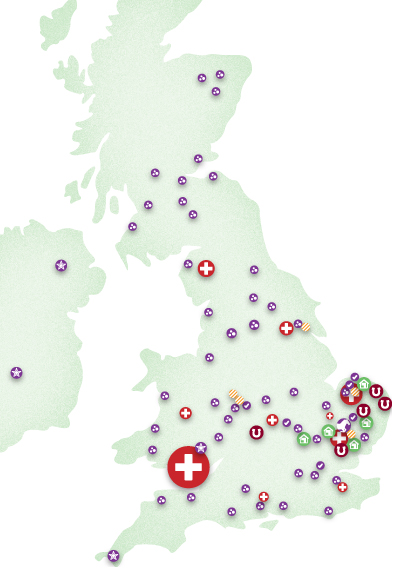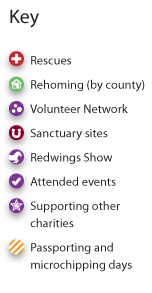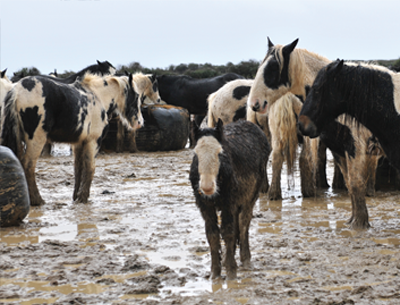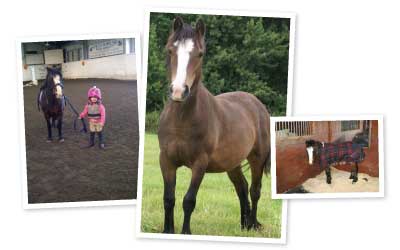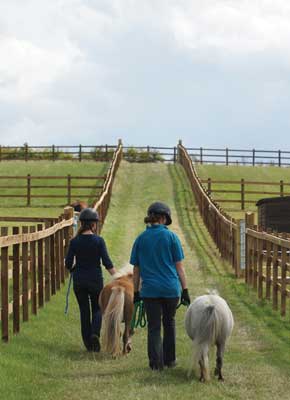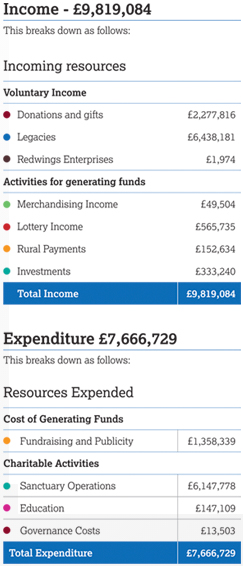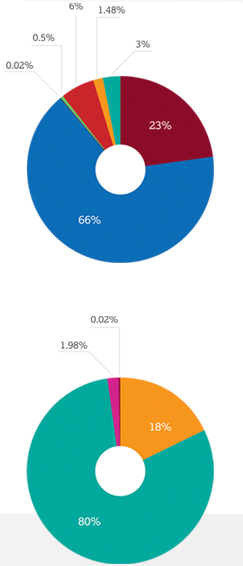It has been a year of highs and lows, of tough decisions in an emerging equine crisis, coupled with so many horses’ lives improved, thanks to our amazing staff and kind supporters.
This year we rescued 161 horses, ponies and donkeys and brought them into the care of the Sanctuary, enrolled 300 onto our specialist handling scheme, rehomed 91 horses into loving Guardian homes and cared for over 1,200 horses on a daily basis at our sanctuary sites across the UK.
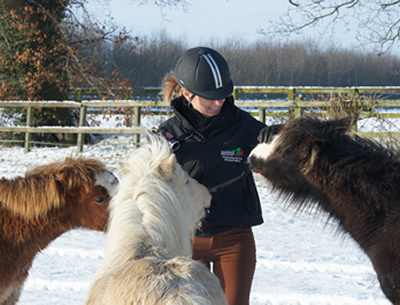
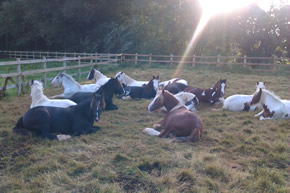
We have also educated 2,000 people on horse welfare, microchipped and passported 221 horses at clinics around the country and opened a brand new visitor education centre in North Norfolk. And that’s just for starters.
This website contains highlights from 2012’s Annual Review. If you would like more information about what we got up to that year, click here to download any section of the full Review as a PDF.
We couldn’t do any of this without your amazing support, so thank you.
 Annual Review 2012
Annual Review 2012